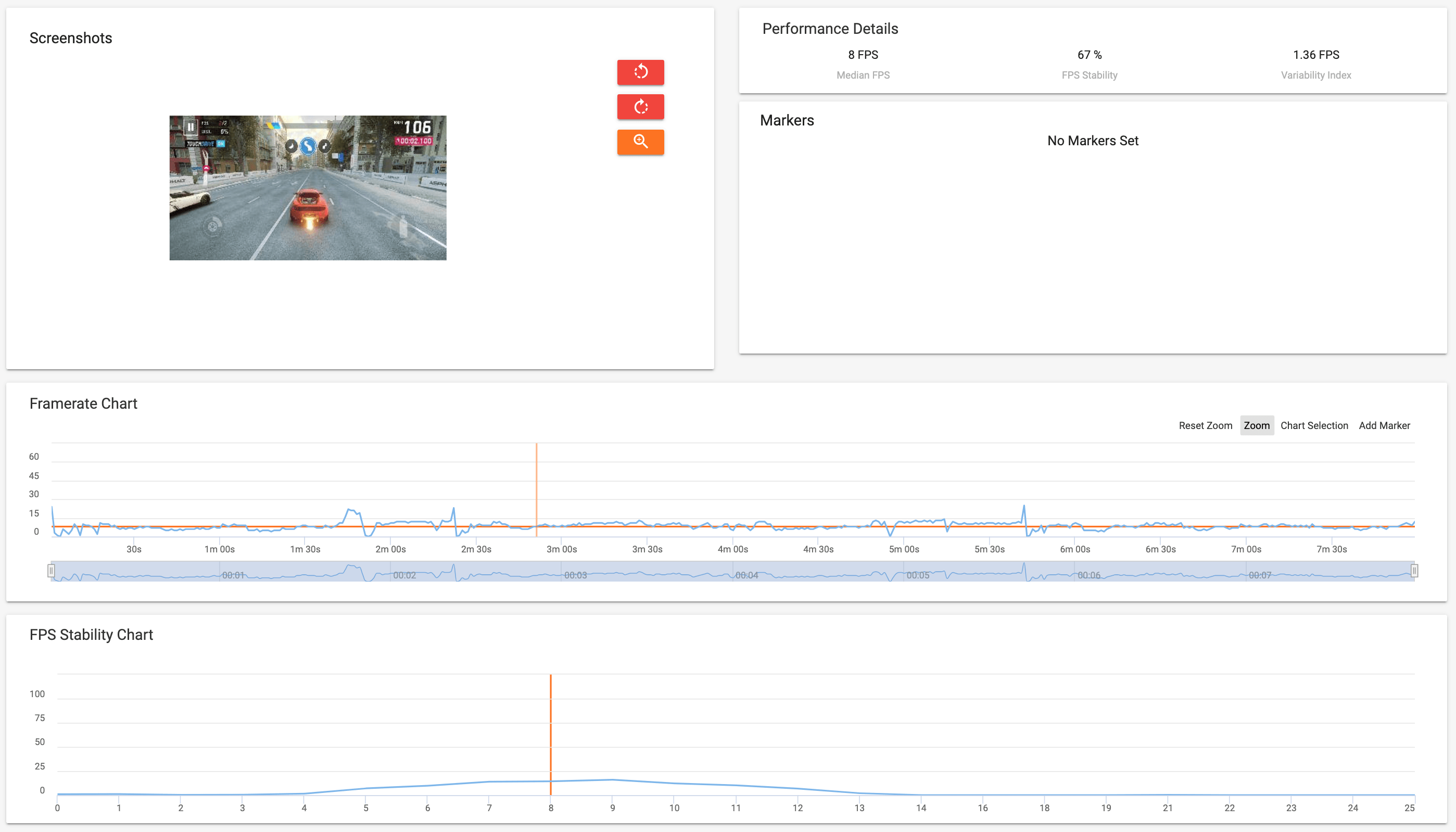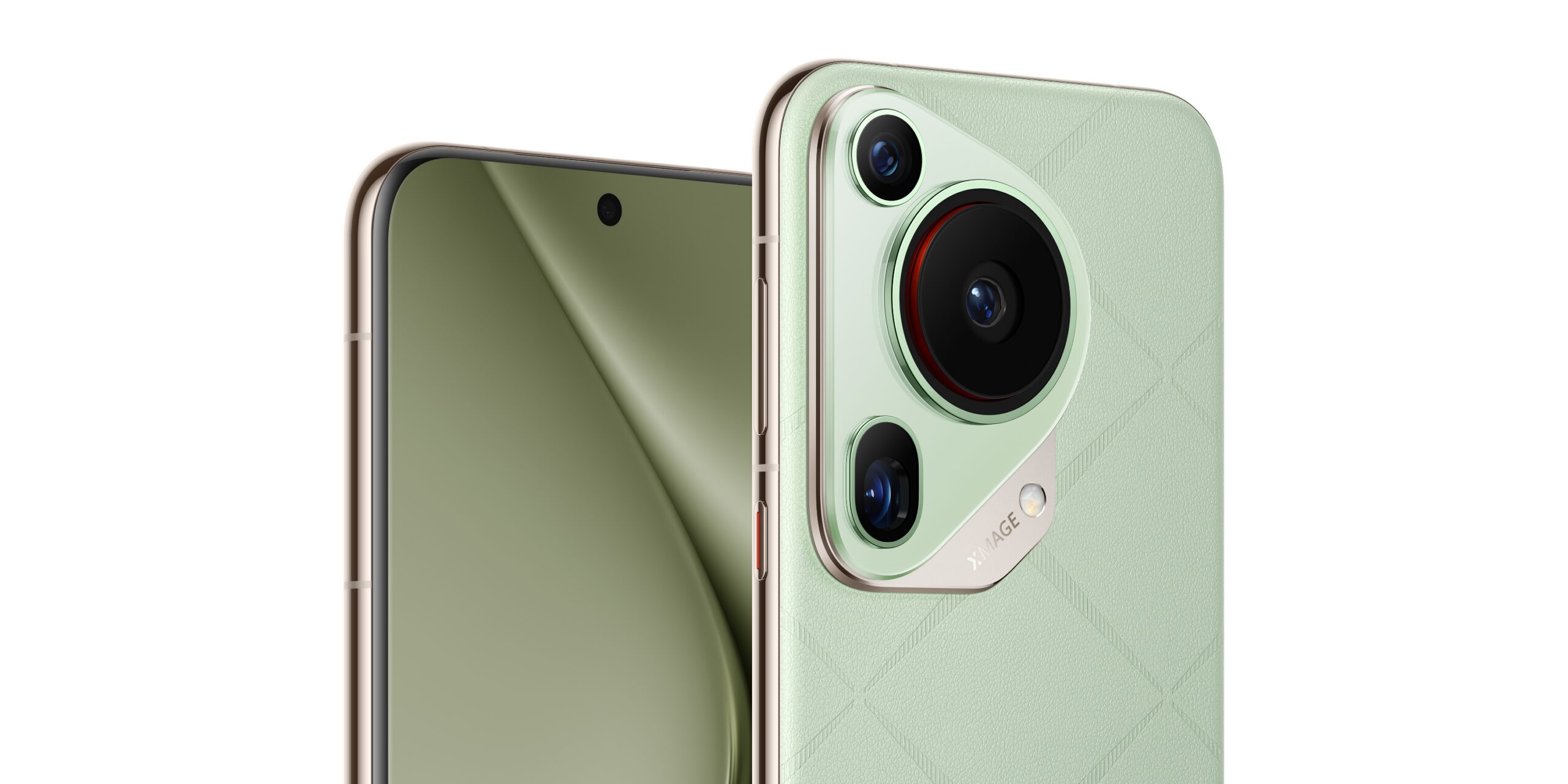 Is HMD Global’s latest budget phone any good?
Is HMD Global’s latest budget phone any good?
With the trio of new Android One phones HMD Global launched locally a few weeks ago, it’s easy to overlook the Nokia 3.2. This new budget-friendly phone seeks to fill the gap between the Php 10K and Php 5K market and comes with features like a dewdrop notch, a large 4000mAh battery, and a dedicated Google Assistant button.
Dressed in a glossy finish, the spiritual successor of the Nokia 3.1 gets a more premium look while being more affordable at Php 7,990—compared to the Nokia 3.1’s Php 9,990 SRP at launch.
With all the internal and external tweaks, does the Nokia 3.2 have everything to impress the competitive sub-Php10k price segment?
 Box and packaging contents
Box and packaging contents
Like any phone from HMD Global, you get a square box with the photo of the phone in front.
Inside it, you have the usual contents: documentations, SIM eject tool, MicroUSB cable, headset, 10w charger, and the phone itself.
 A certified smudge magnet
A certified smudge magnet
Unlike the Nokia 3.1, the Nokia 3.2 sports a glossy, piano black polycarbonate unibody with the silver Nokia branding is embossed into it. While it certainly speaks class and elegance, the finish is very sensitive to fingerprint marks that you would constantly wipe it off once in a while.
Glossy finishes are usually not that durable against scratches and nicks of daily use, so we suggest that you buy a case for the Nokia 3.2 ASAP to keep its exterior pristine. Its monolithic design makes it easier to grip, though its phablet-like size makes the Nokia 3.2 more suitable for two-hand usage, especially for those with small mitts.
 The Nokia 3.2 is one of the few Nokia phones that come with a dedicated Google Assistant button located at the left side together with the SIM card slot. While it’s debatable if there’s a real need for a dedicated Google Assistant button—at least here in the Philippines—we hope HMD Global adds an option for users to program the said button to do different functions.
The Nokia 3.2 is one of the few Nokia phones that come with a dedicated Google Assistant button located at the left side together with the SIM card slot. While it’s debatable if there’s a real need for a dedicated Google Assistant button—at least here in the Philippines—we hope HMD Global adds an option for users to program the said button to do different functions.
On the right, you have your volume controls and power button—with the latter sporting a notification light. Unlike the dedicated Google Assistant button, we like HMD Global’s decision to incorporate the notification light with the power button—it subtly glows when you receive new notifications and lights up when you are charging the phone.
For the rest of the ports, you have your headphone jack on top and microUSB port and loudspeaker at the bottom. While we’re happy that our favorite audio jack lives another day, we hope that HMD Global starts using USB-C ports for its budget phones.
 Dewdrop at last
Dewdrop at last
The Nokia 3.2 is one of the few HMD Global phones that sports a dewdrop notch. It is definitely more pleasing than the large, traditional one found on the more expensive Nokia 8.1, though you lose the option of hiding the notch with a black bar.
You get a 6.26-inch HD+ display on the Nokia 3.2, and it produces decent colors and viewing angles. However, its Adaptive brightness feature is inconsistent, though we have to thoroughly review the phone if there’s a fix to this issue.
 Underwhelming Snapdragon processor
Underwhelming Snapdragon processor
Instead of an octa-core processor, the Nokia 3.2 comes with a quad-core Snapdragon 429 processor. The spiritual successor of the tried-and-tested Snapdragon 425 is manufactured using a 12nm process, making it more power-efficient than the MT6750 processor used in the Nokia 3.1.
While initial AnTuTu benchmarks showed that the Nokia 3.2 scored higher than the Nokia 3.1, we’re disappointed with its overall performance. Paired with 3GB RAM, the phone is not fluid—there’s a noticeable delay when switching through different apps, and there are times that the phone lags behind while browsing through our social media feeds.
The Nokia 3.2 performed poorly when it comes to games. Popular titles like Asphalt 9 and PUBG Mobile struggled through, with the former garnering a disappointing median FPS of 8 with 67% stability. 
With PUBG Mobile, the Nokia 3.2 struggled through even at the lowest graphic settings, garnering only a median FPS of 17 at 76% stability. If there’s any consolation, the Nokia 3.2 has better thermal management than its predecessor thanks to its 12nm processor.
Just like most HMD Global phones, Nokia 3.2 is an Android One phone that comes with consistent monthly security updates. The main difference, however, is that the Nokia 3.2 comes with native face unlock—a first for any Nokia phone to date.
Compared to other budget phones with face unlock, the Nokia 3.2’s solution is snappier, though it struggles in low light. We still opt to use the phone’s fingerprint scanner, as it is more reliable compared to face unlock.
 Cameras are a mixed bag
Cameras are a mixed bag
The Nokia 3.2 comes with a 13-megapixel rear camera and 5-megapixel front camera. HMD Global downgraded the cameras with a lower aperture for the rear camera (f/2.2 on the Nokia 3.2 compared to f/2.0 on the Nokia 3.1) and a lower resolution for the front camera.
The downgraded camera specs translated to a mixed performance, as the Nokia 3.2 had a hard time focusing on certain subjects properly and struggles through with balancing exposure in high contrast scenarios. Selfies, on the other hand, are decent for a budget phone, though quality dips in low light.
Unlike the Nokia 3.1, the Nokia 3.2 records Full HD video in MP4 and not 3GP. Video quality is better compared to photos, though you need to have a steady pair of hands since you do not have any form of image stabilization.
Battery life is its forte
While the Nokia 3.2’s overall performance is lackluster, it makes up for it with stellar battery life. Sporting a 4000mAh cell, the Nokia 3.2 scored 15 and a half hours on PCMark’s battery test. With real-life use, the Nokia 3.2 lasted us for two days with normal usage.
The Nokia 3.2 supports 10w charging via MicroUSB, and it takes around two hours to juice it up.
 Verdict: There are other better options
Verdict: There are other better options
While the Nokia 3.2 debuted earlier this year at MWC 2019, it has a disappointing price-to-specs ratio. With its Php 6,990 price tag, it is expensive for a quad-core smartphone. You can opt instead for the Nokia 6.1, which has a massive price cut and the same price.
While you may not have a large battery and trendier design, HMD Global’s early 2018 offering comes with a more powerful Snapdragon 630 processor, Full HD display, double the internal storage, more RAM, a better set of cameras, and USB-C. If you want a guaranteed update to Android Q, you can go for the Nokia 5.1 Plus, which currently retails for the same price as the Nokia 3.2.
If you are not into Android One, Xiaomi’s Redmi Note 7 is a better option for Php 1,000 more: you get a premium metal-and-glass build, Snapdragon 660, and a 48-megapixel main rear camera.
Nokia 3.2 specs
- Qualcomm Snapdragon 429 processor
- 3GB RAM
- 32GB expandable storage
- 6.26-inch HD+ TFT display with Gorilla Glass 3 protection
- 13-megapixel f/2.2 rear camera with scene detection, LED flash
- 5-megapixel f/2.0 front camera
- Dual SIM
- 3G, LTE
- WiFi, Bluetooth, GPS, A-GPS
- Fingerprint scanner, Face unlock
- Android 9.0 Pie (Android One)
- 4000mAh battery






















